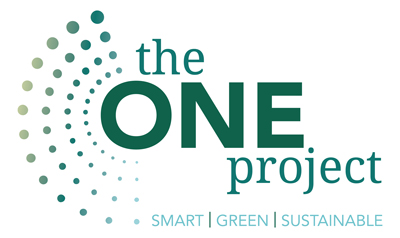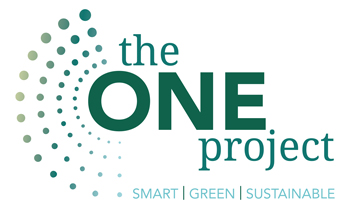Taking care of accessibility is a core activity in a ONE meeting project and in every collaborative project that wants to make all participants comfortable, avoid commonly experienced barriers and provide a better user experience and quality for all. Accessibility is, as a matter of fact, a very difficult goal to reach: It requires continuous efforts, constant checking and extensive knowledge. In this part of the guide you find a quick reference for possible conceptualisations of accessibility that are relevant to collaborative projects in any context.
The selection of resources on the right side can be useful to guide your accessibility strategy for your next collaborative project.
DEFINING ACCESSIBILITY
The word ‘accessibility’ commonly describes a property of products and services: Something that is accessible can be used without limitations also by users with disabilities or other special needs.
Ronald Mace (1985), an architect who coined the phrase and idea of ‘Universal Design’, distinguishes three possible levels of conceptualisation, connected to three types of intervention that can be carried out with technology.
INDIVIDUALS & ASSISTIVE TECHNOLOGY
On a first level, we can look at the needs of specific individuals. The closer we look, the more unique they become. For these cases, assistive technology allows one to perform actions or to participate in ways that would otherwise be precluded. This level focuses on studying what can be more or less useful for a single target person, on what should be done to allow him/her autonomy and independence in actions that can also concern everyday life. Assistive technology works better in a standardised, barrier-free environment; so understanding which assistive technologies are used by project partners is a first step towards solving potential accessibility issues.
What you can do
- Assessing the special needs, disabilities and specific conditions of people in your team allows you to understand if special measures need to be considered – i.e., a wheelchair user would probably need the ONE meeting to be organised inside accessible environments, and screen reader users would need standards-compliant documents and webpages.
- All digital platforms and document formats that are used internally by the project partners (for management and communication) should be checked for compatibility with the specific assistive technology in use.
GROUPS OF PEOPLE & BARRIER REMOVAL
On a second level, barrier removal is a commonly addressed issue, targeted by many laws and regulations: This construct is based on the idea that there are barriers around people with disabilities – or other types of limitations – that are not easy to overcome or even completely blocking. People with the same kind of disabilities tend to experience similar barriers. When this occurs, technology can be used as a tool to reduce the impact that these barriers have on people’s quality of life. Every time a barrier is removed, having a specific category of people in mind – for example, those with a visual impairment – we have an immediate benefit for that category, and a potential benefit for other categories – i.e., people with reading disorders.
What you can do
Deliverables can take many forms: PDF documents, presentations, online forms or videos. For each form, there are plenty of guidelines to make them accessible to various categories of people.
ALL PEOPLE & UNIVERSAL DESIGN
On a third level, the objective of making participation in a project and the use of deliverables accessible for all needs more than mere practical solutions: It requires a theory, such as Universal Design. The idea here is to go beyond the simple application of known solutions, as it happens at the ‘barrier removal’ level. Designing in a universal sense means paying attention to a multiplicity of situations and use cases, where different users may have particular needs that, combined, make even the most brilliant barrier removals look inappropriate. Universal Design is about preventing barriers from showing up in the first place. It is based on a set of seven principles, that define seven areas where it is necessary to keep an eye open in order to prevent barriers, instead of having to remove them.
What you can do
Adding ‘perceived accessibility’ as a basic indicator in a project proposal, and committing to involve testers with disabilities is a good first step towards keeping accessibility under scrutiny in the long run.

